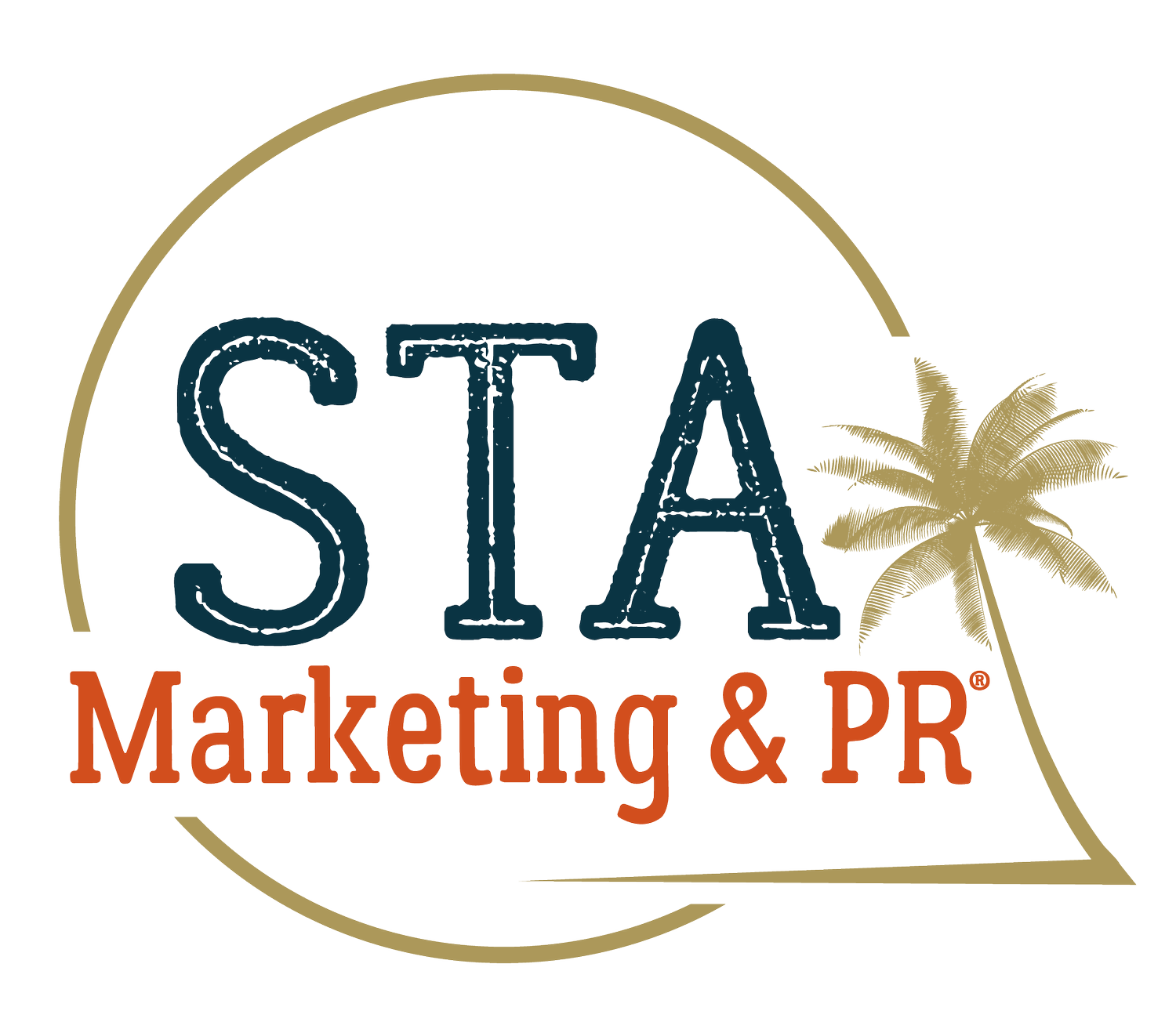#marketingmonday with @STAmarketplace
Hashtags and tags are an effective way to increase exposure and visibility for your business. Today, we’re sharing how to use these social media tactics to help grow your following on Facebook and Instagram.
Tagging for your Business on Facebook
Tagging refers to using a social handle or username of a business or person in your post or photo. When you tag people or businesses, you are identifying them and essentially linking them to your post.
Whenever possible, you want to tag other businesses on your posts. This enables to your content to be seen by the tagged business’s followers. This strategy also encourages the other businesses to tag your business in relevant posts.
Tagging from your Facebook business page is a little different than personal posts. For one, you can’t tag individuals – only businesses.
To do so, insert the @ symbol and then without a space, begin writing the business name you want to tag.
For example, your post may say, “Today I gained some great tagging tips from @STAmarketplace.” Remember, no spaces). Once you type in @ and begin typing STAmarketplace, a drop-down will appear and you can select the business.
Tagging for your Business on Instagram
Instagram allows a little more tagging freedom than Facebook.
You can tag individuals and businesses within the copy of your post, you can tag them on your photo – AND you can add a physical location.
To tag within your post copy, again use the @STAmarketplace (no spaces).
Then on your photo, select “Tag People” and type in the handles of the people/businesses you want to tag. You have the ability to tag up to 20 people/businesses in a photo.
Lastly, many people browse Instagram based on location. If there’s a physical location (for a storefront or a business), go to “Add Location” and choose the business. If there is no relevant business, choose a city or county.
Hashtags
A hashtag is made by prefacing words or phrases with the symbol # (traditionally known as the pound sign). Hashtags do not contain any spaces. Hashtags work as labels to group together similar content, making specific content searchable and easy to find.
Because hashtags make it so that users can find your posts, using them immediately increases your post’s exposure. For example, when we post this article and use #marketingmonday that post is grouped with other posts using the same hashtag. Now, when users are looking to start their week with a bang, they see this post.
Over the years a huge debate has ensued as to whether tagging on Facebook is effective. Generally, hashtags are more popular on Instagram. If you do choose to use hashtags on Facebook, best practice is to limit the number of hashtags to three or four.
On the flipside, hashtags are heavily searched on Instagram. Not only do users search hashtags to find relevant content, they also use them to discover new accounts to follow.
To hashtag, simply use the # symbol and type words or phrases that relate to your post. Again, no spaces and no special characters. We recommend using popular and trending hashtags rather than creating unique ones. When you begin to type your hashtag in Instagram, a list will pop-up and you can choose the most popular matches for your content.
Again, unlike Facebook, with Instagram the ideal number of hashtags is 10 to twelve. If you use the recommended number, it might be best to put the hashtags in the comments (rather than the post) so users can focus on your post description instead of being overwhelmed by hashtags.
And you’re #offtotheraces! While tagging might seem a bit overwhelming initially, once you #getinthegroove it will simply become part of how you naturally write posts.
Have questions about tagging or hashtags? We’re here to help. Shoot us a note in the comments or email us at info@stamarketinpr.com.

